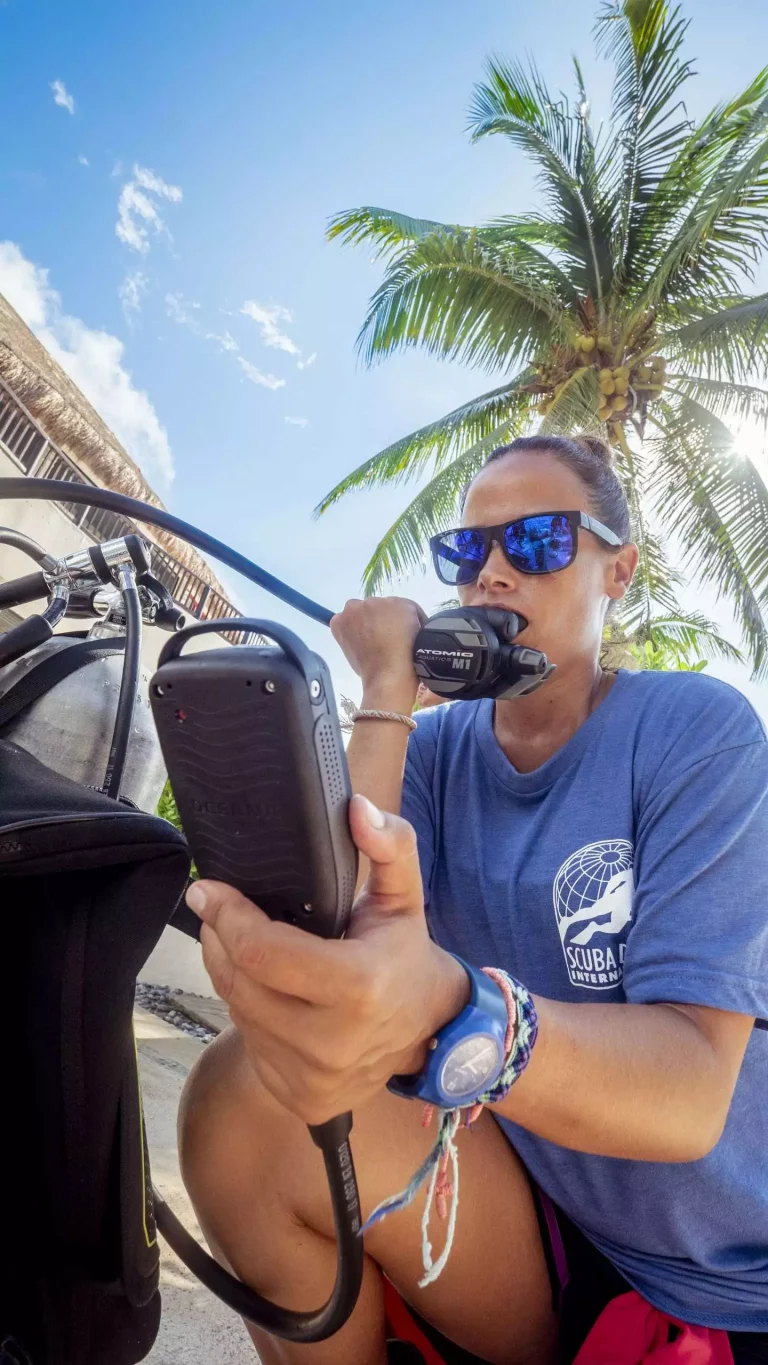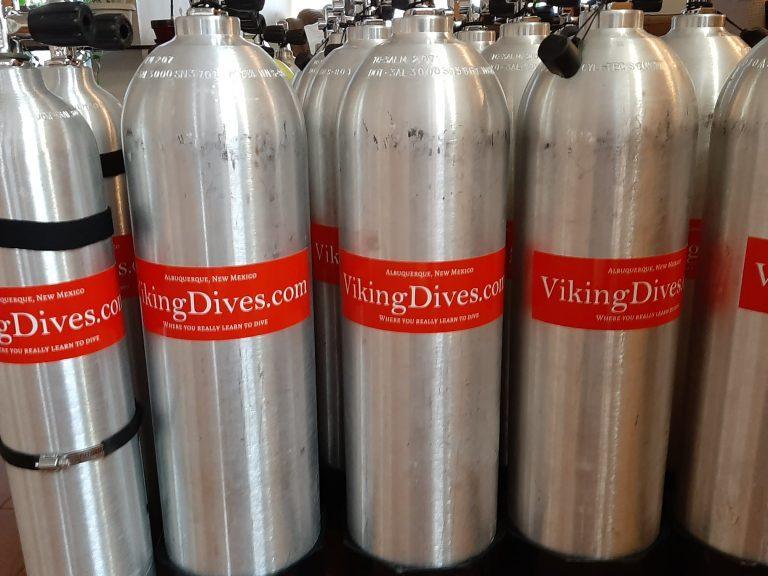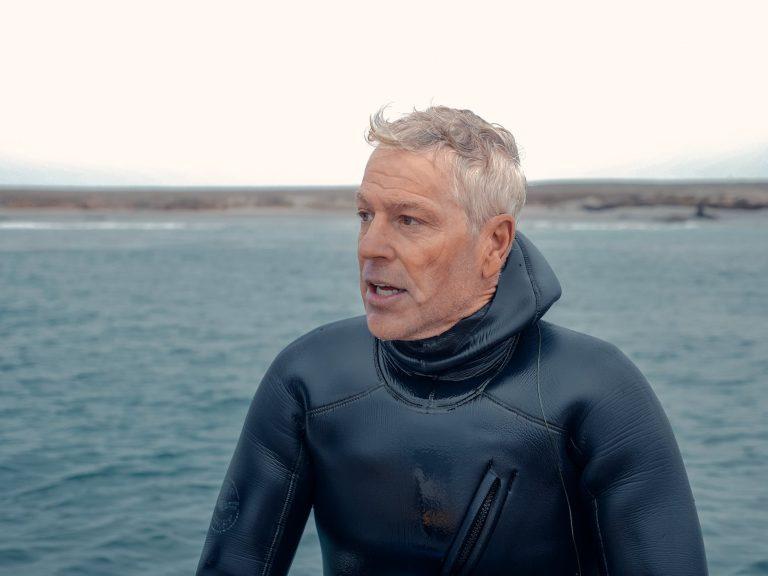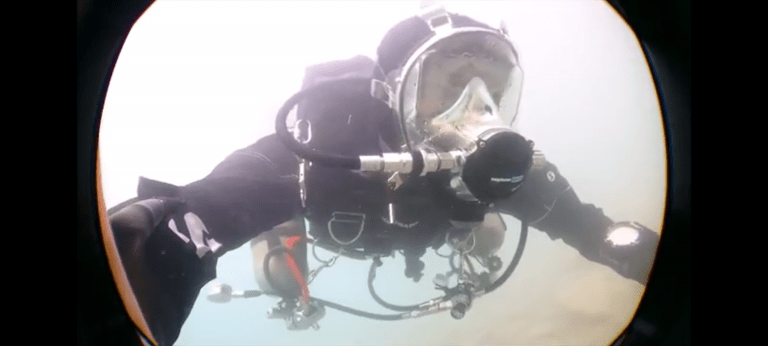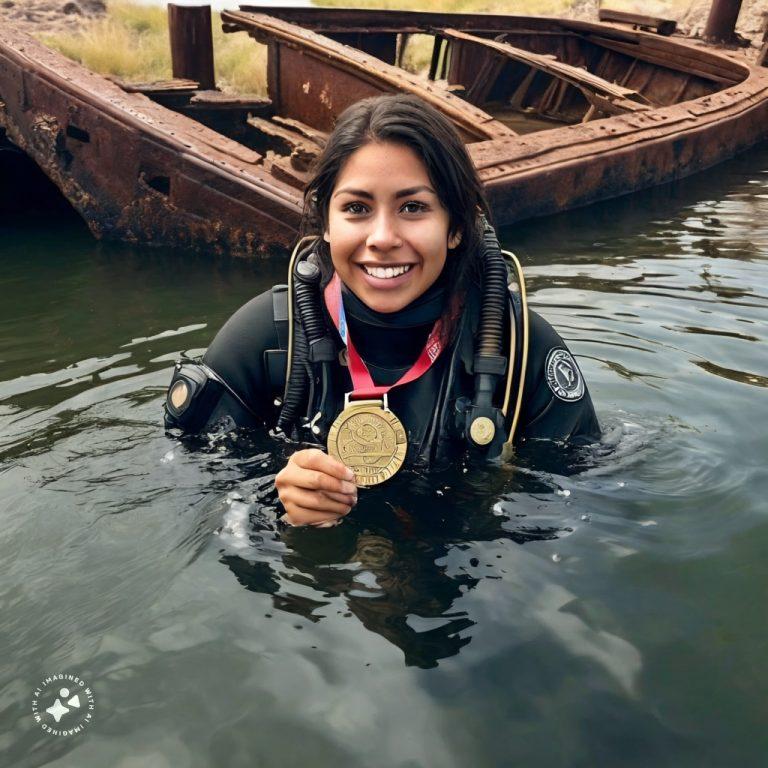In this post, we compare the Total Buoyancy Control System and the SubGravity Paragon system and contrast the features of each.
Why buy a Backplate and a Wing?
If you’ve ever taken a class from us, you know we don’t skimp on student equipment. If you haven’t, we don’t use cheap jacket-style rental BCDs, even though we could increase our profit margin by peddling equipment that you’ll have to replace every few years. Our policy is we only sell things that we believe in – that way we feel good about ourselves and you feel like you’ve made an informed decision.
Taking this approach to sales is a win-win for everyone. We don’t have to sell the equipment, it sells itself and if you buy a backplate and a wing, you’ve purchased a modular system that will grow with you, no matter what kind of diving you want to do.
That means buying a backplate and a wing will save you money over the course of your diving lifetime. For example, if you buy our most affordable TBCS for example, you’ll spend about $450 to start out. That’s a 23-pound wing with a steel backplate, metal D-rings, and continuous webbing. Odds are, you aren’t going to destroy your webbing or your wing (forget about the backplate, those last almost forever!), but for argument’s sake, we’ll pretend you need to replace both. Now you’ve spent about $700.
Compare that to a jacket BCD. You can buy one for $400 and will have plastic D-rings and snaps, and the air is contained within the jacket. If a snap breaks, or you get a leak in the bladder, plan on replacing the whole BCD. See where this is going? Now your cheap BCD has cost you $800.
Now if you wanted to move into technical diving, your TBCS will just need a new wing that you can swap out. Maybe you spend another $300, but now you have a tech diving setup and a rec diving setup for $1000. If you own that jacket BCD, you are buying a whole new system and you are going to spend say another $700. Now you have two systems, but you’re out $1500 and once you start diving a backplate and wing, you’ll probably want to do that all the time, so off you go to buy a recreational wing for your new setup. Say goodbye to another $200.
All that being said, let’s take a look at our two favorite systems.
Comparing the Total Buoyancy Control System and the SubGravity Paragon
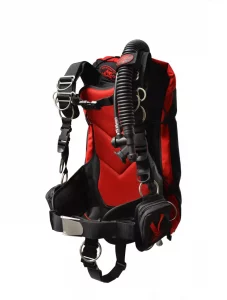
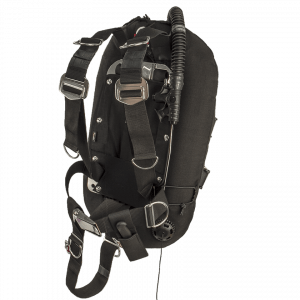
Feature
Continuous Webbing
Adjustable Webbing
Wings
Weight Pockets
Tank Straps
Trim Pouches
Crotch Strap
Backplate Pad
Backplates
TBCS
Yes
Yes
23, 32, 60
Sm (5 Lbs), Lg (10 Lbs)
Three Types available
Yes
1.5 or 2 in. for addl. $
Available and necessary
- Soft plate
- 3mm Aluminum, Black
- 3mm Aluminum, Red
- 3mm Stainless Steel
SubGravity
Yes
Yes
26, 30, 37, 44, 50
Sm (5 Lbs), Lg (10 Lbs)
3 types
Yes
2 in. included
Available/unnecessary
- No soft plate
- 3mm Aluminum
- 3mm Aluminum, short
- 3mm Steel
- 3mm Steel, Short
- 6mm Steel
- 6mm Steel Short
Our Conclusion
Tie
Advantage Subgravity
Advantage SubGravity
Win – Edge-Hog
Advantage – Edge-Hog
Tie
Advantage Edge-Hog
Advantage SubGravity
Win – Subgravity
A More Detailed Comparison
- Webbing. The continuous webbing on either system is comparable. The TCBS adjustable system comes with softer, and more visually appealing pads, and plastic snaps. Visually appealing probably is a factor, but should it be? Probably not. The adjustable webbing on the SubGravity is much sturdier, and there’s no plastic. This gives the Paragon an advantage over the TBCS, but depending on the type of diving you’re going to do, it’s hard to say there’s a clear winner here.
- Wings. The TBCS has three choices for lift, 23, 32 or 60 lbs. The only color choice is in the 32 lb wing, and it is black and red. All the other wings are black, as the scuba gods have decreed is correct and right :). Paragon has more capacities, 26, 30, 37, 44, and 50 lbs and more color choices with all black, black and blue, black and red, black and orange, and black and pink available in everything except the 50 lb wing which is only available in all black. More choices and capacities gives an advantage to SubGravity here (and you probably won’t ever need a 60 lb wing when tech diving…).
- Weight pockets. Different designs and prices are the differences here. Edge-Hog’s pockets are velcro dumps, and the Paragon system uses plastic snaps. Edge-Hog prices are less than half of what SubGravity’s cost, giving a clear win to Edge-Hog.
- Tank Straps/Cam Bands. Each manufacturer offers one plastic and two steel cam band options, but the Subgravity comes with plastic included in the price of the backplate, so you’ll end up paying a little more. Advantage Edge-Hog.
- Crotch strap. A 2 inch crotch strap is included with the backplate, so you’re getting one whether you want one or not. Edge-Hog makes this an option. Advantage Edge-Hog.
- Backplate and Backplate Pad – Edge-Hog’s hard backplates have sharp edges and is only available in 3mm Aluminium and Steel. SubGravity has 3mm and 6mm options as well as short options that work better for shorter people. The SubGravity backplates are also beveled, so a pad is not necessary to protect your wetsuit or dry suit. If you’re building a recreational BC, there is an advantage to the soft plate from Edge-Hog, but the quality of the SubGravity hard plates puts a clear win in their column.
- Price. The TBCS is a little less costly overall but you will sacrifice some quality features to save a few dollars.
Conclusion
Both of these systems are wonderful and will grow with you and save you money in the long run. There’s also no reason that you can’t pick and choose from both systems to build what’s right for you. You can build your customized backplate and wing with us, or call us or email us, we’ll be happy to work with you on building a customized system.


